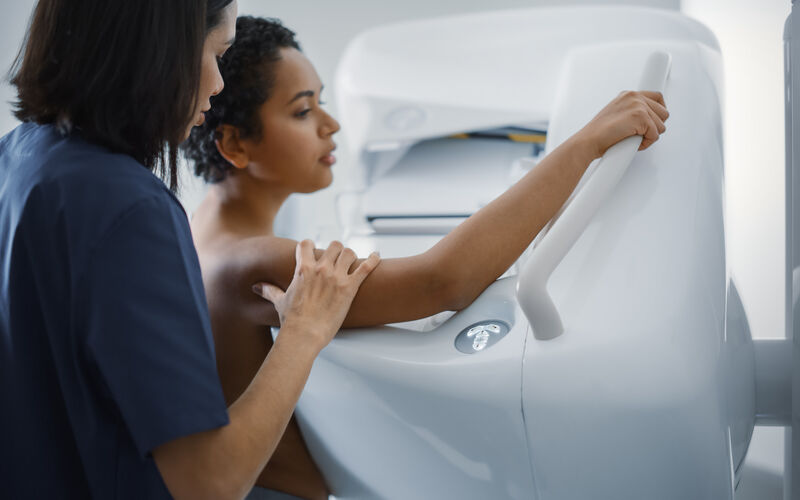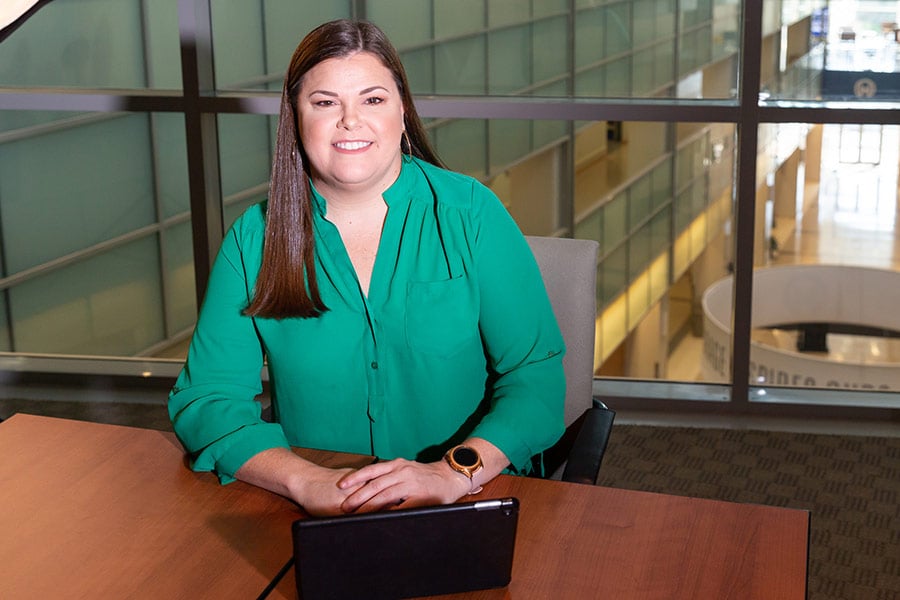Navigating the Latest Breast Cancer Screening Guidelines
Mammograms have played a pivotal role in reducing breast cancer mortality, contributing to a 25% drop in deaths in the U.S. between 1975 and 2019, as reported by the 2024 American Association for Cancer Research Cancer Progress Report. This lifesaving progress is largely due to early detection through routine mammography.
“Routine mammograms can catch cancers at an early stage, often before symptoms arise, giving women the best chance at successful treatment. It's an effective screening tool," said Dana Ataya, MD, a breast cancer radiologist at Moffitt Cancer Center.
New guidelines from the U.S. Preventive Services Task Force (USPSTF) now recommend that average-risk women begin screening with mammography at age 40, a shift that aims to address the rising breast cancer incidence among younger women. "The decision to begin regular screenings at 40 is based on extensive research showing that screening and earlier detection can reduce the risk of dying from breast cancer," Ataya said.

Dana Ataya, MD
The new guidelines also recommend women get screened from breast cancer every other year instead of annually.
“Although the updated USPSTF guidelines are a step in the right direction, they do not go far enough. The American College of Radiology, Society of Breast Imaging, National Comprehensive Cancer Network and several other organizations continue to recommend annual, rather than biennial, screening in average-risk women beginning at age 40 because the most lives are saved with this approach,” Ataya said.
The newer USPSTF guidelines come after a long-standing debate about balancing the benefits and potential harms, such as false positives or overdiagnosis. However, a study published this year evaluating outcomes of breast cancer screening strategies based on the Cancer Intervention and Surveillance Modeling Network modeling estimates indicate that annual breast cancer screening beginning at age 40 provides the greatest benefit to women and the least risk per examination.
Personalized risk assessments are also key. Updated recommendations published by the American College of Radiology and Society of Breast Imaging recommend that women have a risk assessment performed by age 25. “This updated recommendation is to help identify high risk women and determine if screening earlier than age 40 is needed. Women who are high risk should begin screening earlier with mammography and breast MRI, so we can catch cancer early before it has spread to other parts of the body. Early detection saves lives," Ataya said.
Screening Guidelines at a Glance:
- Breast cancer risk assessment by age 25
- Start Age: Annual mammography at age 40 for average-risk women.
- High-Risk Women: Those with genetic mutations known to increase breast cancer risk (like BRCA1/BRCA2 mutations) and their untested first-degree relatives, those with a history of chest radiation therapy at a young age, and those with a calculated lifetime risk ≥ 20% should begin screening prior to age 40 and screening should include annual breast MRI.
- Breast Density Considerations: Women with dense breast tissue should get a risk assessment performed and discuss additional screening methods with their doctors, as dense tissue is an independent risk factor and can make it harder to detect cancer on standard mammograms.
- Continue Regular Screenings: Women should continue annual screening as long as they are in good health.




